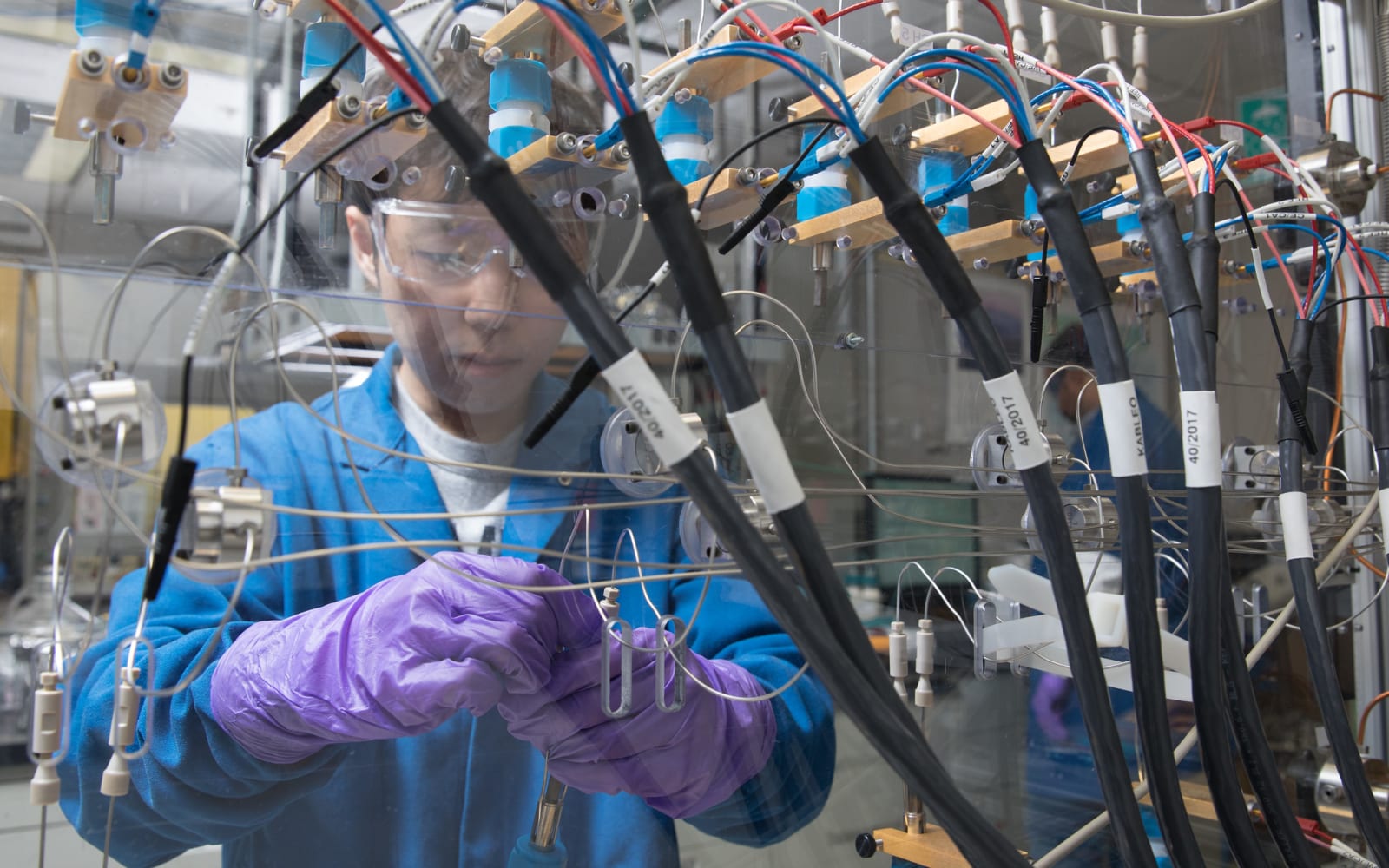
Progress is lumpy. The future is attained in a series of epochal strides, each followed by a lot of relatively inconsequential shuffling forward. The invention of the internet (and especially the consumer-friendly web) was a rare giant step that motivated immense adoption of computers and digital lifestyles. A global marketplace of online citizens spawned gadgets, software apps, corporate gold-rushing and other feverish shuffling.
Even with the opulent gadgetry we admire and enjoy, the whole expanding tech bubble seems to be reaching for something beyond itself. The incremental improvements of personal technology don't thrust into the future as much as push against constraining walls of the present. Sharper screens and thinner computers are delightful results of corporate development cycles. But we are tethered to the present, which one day will seem primitive in retrospect, by two unglamorous bridles: power and connectivity.
Continue reading Editorial: Physics and politics stand in the way of true mobile
Editorial: Physics and politics stand in the way of true mobile originally appeared on Engadget on Tue, 04 Sep 2012 09:00:00 EDT. Please see our terms for use of feeds.
Permalink | |
Email this |
Comments
 Electric vehicles will play an important role in reducing greenhouse gas emissions, but they are not yet a perfect solution. Today, most EVs run on lithium-ion batteries made with heavy metals like cobalt, of which there is a limited supply and less...
Electric vehicles will play an important role in reducing greenhouse gas emissions, but they are not yet a perfect solution. Today, most EVs run on lithium-ion batteries made with heavy metals like cobalt, of which there is a limited supply and less...
 Electric vehicles will play an important role in reducing greenhouse gas emissions, but they are not yet a perfect solution. Today, most EVs run on lithium-ion batteries made with heavy metals like cobalt, of which there is a limited supply and less...
Electric vehicles will play an important role in reducing greenhouse gas emissions, but they are not yet a perfect solution. Today, most EVs run on lithium-ion batteries made with heavy metals like cobalt, of which there is a limited supply and less...










